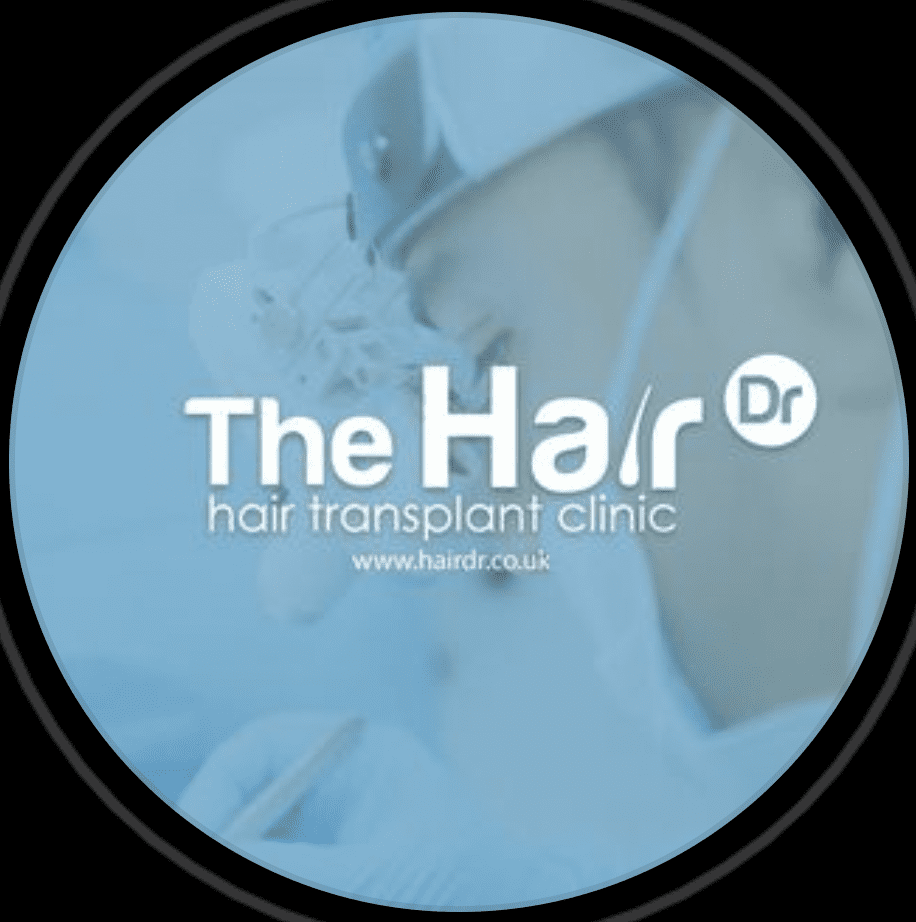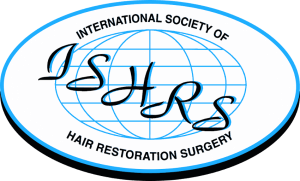Updated 19/10/23
You’ve just had a hair transplant, and now the surgeon gives you post-surgery instructions. As you read the list, you find the surgeon recommends no exercise! You were looking forward to getting back into sports or your exercise routine, so it’s a huge blow to learn exercise is not allowed right after a hair transplant. But why?
In this article, we’ll take a look at why exercise is not recommended after a hair transplant and how long you need to wait before starting an exercise routine. Let’s get started!
Can You Do Sports After a Hair Transplant?
After your hair transplant procedure, you’ll get back to normal the next day. That is, you’ll be mentally fit the day after your surgery. In most cases, the surgeon will recommend that you avoid exercising for two weeks after the hair transplant.
Avoiding exercise may sound ridiculous; however, you’ve just had a surgical procedure. It’s essential to allow your scalp to rest. Exercising before the two weeks are up could slow the healing process, leading to poor results or even a failed hair transplant.
What are the Potential Risks After Hair Transplant Surgery
Exercising can cause problems with your hair transplant and the newly implanted grafts. There are various issues that may come up, including infections, dislodging grafts, and more.
- Excessive sweating can be detrimental to your healing. For instance, the chances of developing a bacterial infection can go up if you sweat too much after your procedure.
- Stretching can cause injuries to the transplanted area, especially the first two days when the stitches are fresh. Tearing the stitches can cause scarring and bleeding.
- Intense contact sports, such as football, can put you in danger of a head injury. Such an injury could damage your hair follicles, causing poor results or even a failed hair transplant.
Additional Considerations After a Hair Transplant
Here are some other considerations that can affect your healing process after a hair transplant procedure:
Direct Sunlight
After your procedure, the hair follicles are sensitive to sunlight. The scalp can dry out, and UV radiation can damage the transplanted hair follicles. For these reasons, the scalp needs to be protected from the sun by wearing loose-fitting caps or hoods for the first few days after your procedure. When resuming sports, it’s best not to wear any headgear, as sweat can form under the tissue and slow the healing process.
Strenuous Exercise
Intense exercise can also lead to excessive sweating. In addition, the risk of infection also increases and can delay healing. Sweat should never be wiped off, but only dabbed. Wiping movements can tear the hair roots that have not yet anchored into the scalp.
Follow the Doctor’s Instructions
Before the hair transplant surgery, your surgeon should provide you with the necessary aftercare information. The scalp needs special moisturising sprays and lotions to support blood circulation to the hair follicles. Regular cleansing of the scalp with a mild cleansing lotion can also help the hair follicles to grow faster.
Don’t Return to Work Too Soon
After your hair transplant procedure, you may feel back to normal the next day. However, you have just had a surgical procedure, and it’s necessary to rest afterward. Most surgeons recommend taking a day or two off work to get the rest you need to heal.
When you return to work, it’s essential to take things slow and don’t do anything that’s too strenuous, as this could negatively impact your hair transplant.
Don’t Smoke for 30 Days
Smoking is best avoided for at least 30 days after your surgery. This is because smoking can slow the blood flow to your hair follicles and prolong the healing process. Smoking can also interrupt new hair growth, leading to a failed hair transplant procedure.
How Long Should You Wait Before Doing Sports & Exercise?
You should avoid exercise for the first four days after hair transplantation. The hair roots need time to grow firmly and to be supplied with plenty of nutrients and oxygen. A light exercise program can be started about two weeks after your procedure.
Strenuous exercise or sports should only be started about four weeks after your procedure.
What Sports Can You Practise After a Hair Transplant?
In the first weeks after a hair transplant, you can start with light sports. This includes jogging and Nordic walking; however, no headgear should be worn.
Football can be risky for some patients. For instance, if the jersey is pulled over the head too quickly, the hair roots can be torn out of the recipient area. In addition, the grafts can be damaged by a hard impact from the ball. The grafts can easily die if they become bruised.
For these reasons, headers should not be performed until three months after the hair transplant. The hair roots can also be damaged and die from blows and scratches during fouls.
When it comes to swimming and sunbathing, these activities should be avoided for the first four months. The hair follicles are particularly sensitive to UV radiation from the sun. A wide fisherman’s hat can protect transplanted hair from UV damage.
Salty seawater or chlorinated water in swimming pools can also cause hair follicles to die. Natura water also contains germs that can increase the risk of infection.
When visiting the gym, make sure not to lean your head on any equipment. The hair implants are damaged by pressure. There is a high risk when exercising on equipment such as the weight bench or leg presses. Pilates and yoga exercises can also damage the newly transplanted hair roots through pressure.
What Should I Pay Attention to When Exercising After a Hair Transplant?
Modern, minimally invasive methods are used for hair transplants. You’ll feel fit again immediately; however, you’ll need to avoid heavy physical exertion in order to ensure the hair follicles have plenty of time to grow and your scalp can heal.
Exercises resumed after a few weeks should not be very strenuous in order to avoid sweating excessively.
Summing It Up
After your hair transplant procedure, it’s crucial to follow your surgeon’s directions for post-surgery care. That means following their guidance on exercise, sweating, and more.
Following your doctor’s instructions post-surgery can mean the difference between a successful or a failed hair transplant!
Exercise After Hair Transplant – FAQs
Can I go to the gym after a hair transplant?
Yes, you can, but not immediately. Wait for at least six weeks and get the green light from your surgeon before returning to the gym.
What exercises are safe post-hair transplant?
Low-impact exercises like walking and light stretching are safe during the initial recovery period.
Is it okay to lift weights after a hair transplant?
Avoid heavy lifting for the first six weeks. Afterward, consult your surgeon before resuming weightlifting.
Can I jog after a hair transplant?
You can start light jogging after six weeks, but be cautious and consult your surgeon first.
When can I do high-intensity workouts?
High-intensity workouts are generally safe after three months, but your surgeon’s advice is crucial.
Is yoga a safe option after a hair transplant?
Yoga can be a good option after the initial healing phase, but consult your surgeon for specific recommendations.









